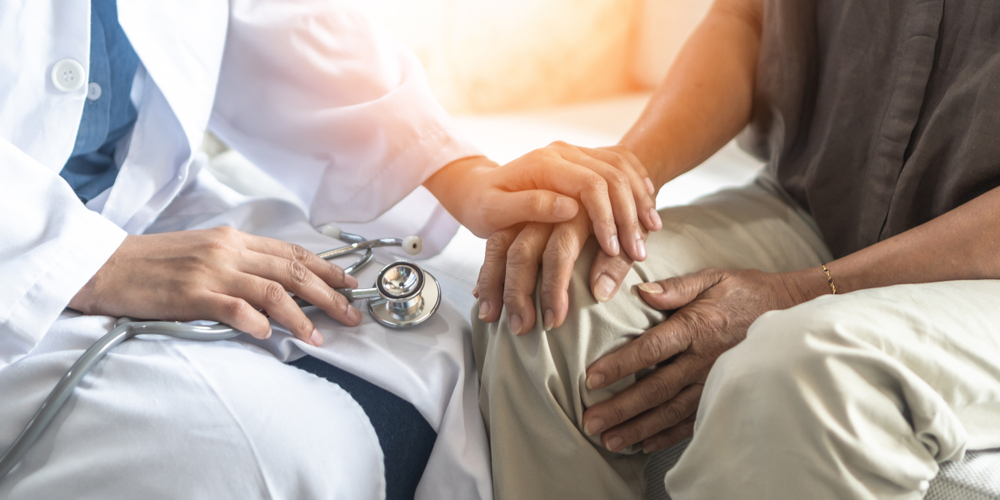Parkinson’s disease is a complex and chronic neurodegenerative condition that affects millions of people worldwide. It disrupts the normal functioning of the nervous system, leading to a range of symptoms that progressively worsen over time. Although the disease is usually associated with old age, it can also develop in younger people. This essay will explore the causes, symptoms, and treatment options for Parkinson’s disease.
Causes of Parkinson’s Disease
The exact cause of Parkinson’s disease is still largely unknown, but several factors are thought to play a role. One of the primary causes is believed to be the loss of dopamine-producing cells in the brain. Dopamine is a neurotransmitter that helps regulate movement, mood, and other key functions. When these cells die, dopamine levels drop, leading to the symptoms of Parkinson’s disease.
Genetic factors can also contribute to the development of Parkinson’s disease. Certain genetic mutations have been linked to the disease, and having a close relative with Parkinson’s increases one’s risk. However, these genetic factors only account for a small percentage of cases.
Environmental factors may also play a role in Parkinson’s. Exposure to certain toxins or pesticides, for instance, has been linked to an increased risk of developing the disease. However, more research is needed to understand these links fully.
Parkinson’s Disease Symptoms
Parkinson’s disease manifests in a range of symptoms that vary from person to person. The most recognizable symptom is a tremor or shaking, typically starting in one hand or limb. Other common symptoms include rigidity or stiffness of the limbs and trunk, bradykinesia (slowness of movement), and postural instability.
Additional symptoms can include changes in speech and writing, difficulty with swallowing and chewing, and cognitive changes. Non-motor symptoms such as depression, anxiety, sleep problems, and loss of sense of smell can also occur. As the disease progresses, patients may experience difficulty walking, balance problems, and other complications.
How to Treat Parkinson’s Disease
There is currently no cure for Parkinson’s disease, but there are various treatment options that can help manage symptoms. Medications are often the first line of treatment. Levodopa, for instance, is a drug that the brain converts into dopamine. Other drugs can mimic dopamine or slow its breakdown.
Physical therapy and exercise can also help manage symptoms. Regular physical activity can improve mobility, balance, and overall quality of life for people with Parkinson’s. In some cases, surgical interventions like deep brain stimulation may be considered. This involves implanting a device in the brain that sends electrical signals to the areas responsible for movement, helping to control symptoms.
Additionally, managing lifestyle factors can also be useful. Eating a balanced diet, getting regular sleep, and managing stress can all help improve the quality of life for individuals with Parkinson’s.
Parkinson’s disease is a complex and debilitating condition, the causes of which are not fully understood. It is characterized by a range of symptoms, most notably motor disturbances like tremors and rigidity, but also including a host of non-motor symptoms. While there is currently no cure, treatments are available to help manage symptoms and improve quality of life.
Research into Parkinson’s disease is ongoing, with the hope of better understanding the disease and discovering more effective treatments. For those living with Parkinson’s, understanding the disease, its symptoms, and treatment options is an important step towards managing the condition and maintaining the highest possible quality of life.


